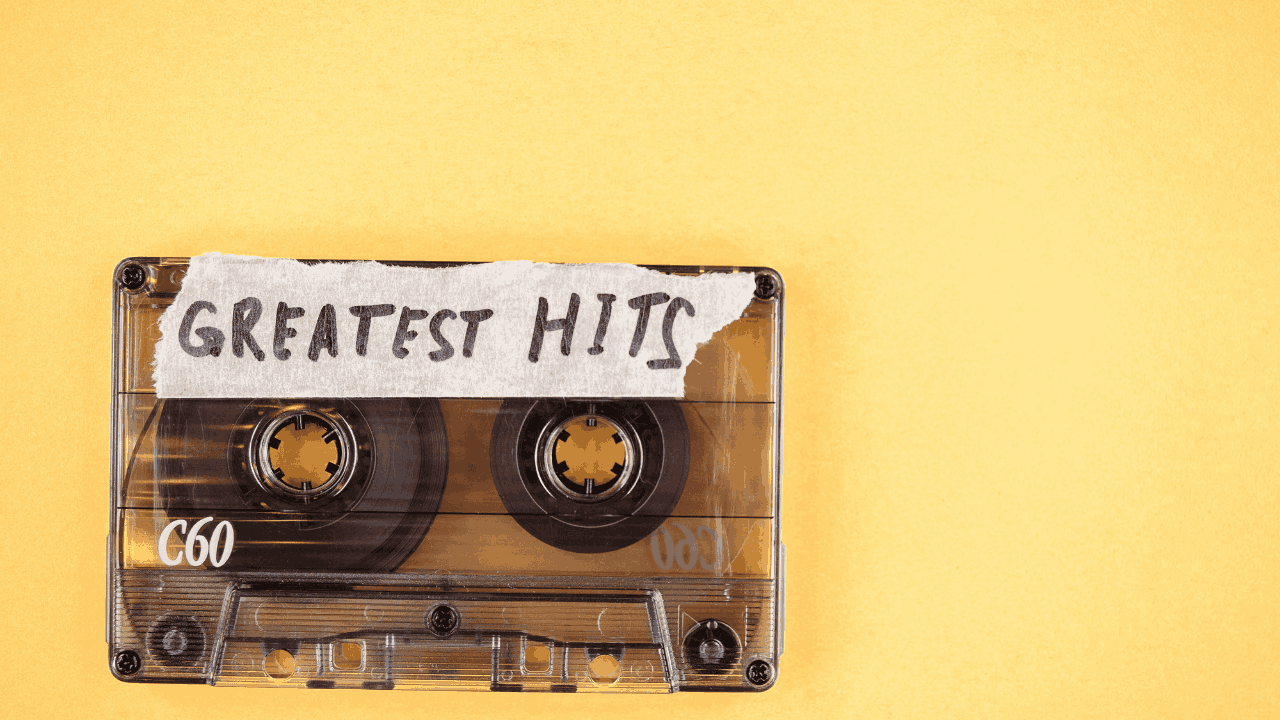
In the ever-evolving world of music streaming, the debate of Tidal vs Spotify remains central for audiophiles and casual listeners alike. These two platforms dominate the industry, each with its unique strengths and offerings. But what sets them apart, and why does this debate matter for audiophiles who value quality and variety in their music experience? In this article, we’ll dive deep into the features of Tidal and Spotify, explore how they stack up against other platforms like Apple Music vs iTunes, and highlight key tools like the best dynamic microphone that can further enhance your listening and creative journey. Plus, we’ll touch on practical steps like how to upload songs to SoundCloud and how to find Spotify username, ensuring you maximize your music potential.
Understanding the Basics: Tidal vs Spotify
Tidal and Spotify are two of the most recognized music streaming platforms globally. Both boast extensive libraries, user-friendly interfaces, and features designed to enhance the listening experience. However, their differences often appeal to distinct audiences.
Tidal’s Strengths:
- Hi-Fi Audio Quality:
Tidal is renowned for its high-fidelity sound quality, offering audio streams up to FLAC 24-bit/192kHz. This makes it a favorite among audiophiles who crave uncompressed, studio-quality sound. - Exclusive Content:
Tidal frequently offers exclusive releases, from new albums by top artists to behind-the-scenes documentaries and live performances. This exclusive content can be a significant draw for fans who want more than just music. - Focus on Artists:
Tidal has built its brand around being artist-focused, offering higher royalty payouts compared to Spotify. This ethical approach resonates with musicians and fans alike.
Spotify’s Strengths:
- Algorithmic Playlists and Discoverability:
Spotify’s algorithm is unparalleled in recommending music based on listening habits. Whether it’s the Discover Weekly playlist or Daily Mixes, Spotify excels in keeping its users engaged. - User Experience and Accessibility:
Spotify’s intuitive interface, wide device compatibility, and free ad-supported tier make it more accessible than Tidal. It’s the go-to platform for casual listeners who prioritize convenience. - Social Integration:
Features like collaborative playlists, sharing music on social media, and tools for understanding how to find Spotify username enhance Spotify’s community-driven experience.
Audio Quality Showdown
For audiophiles, sound quality is the most significant factor in the Tidal vs Spotify debate. Tidal’s Hi-Fi and Master quality audio are unmatched, offering a lossless listening experience that Spotify cannot currently replicate. While Spotify’s Premium tier provides high-quality streams at 320kbps, it falls short of the studio-grade clarity Tidal delivers. This distinction is critical for those with high-end audio equipment or the best dynamic microphone, which can capture and reproduce audio nuances that Tidal’s Hi-Fi streams complement beautifully.
How Does Apple Music vs iTunes Fit In?
The comparison of Apple Music vs iTunes offers a different perspective in the music world. While Tidal and Spotify focus solely on streaming, iTunes remains a platform for purchasing and owning music. Apple Music, on the other hand, merges the streaming experience with offline download options.
For audiophiles, Apple Music offers Dolby Atmos and Lossless Audio, bridging the gap between Spotify and Tidal in terms of sound quality. However, Tidal still takes the lead for the most discerning listeners. Creators, meanwhile, may prefer iTunes for selling their music while using tools like the best dynamic microphone to produce high-quality recordings.
Why Creators Should Care About Tidal vs Spotify
For musicians and podcasters, understanding the Tidal vs Spotify landscape is crucial for maximizing exposure and royalties. Spotify’s massive user base makes it an essential platform for reaching a broader audience. However, Tidal’s artist-focused approach and higher payouts make it an attractive option for those looking to earn more from their craft.
Creators should also consider using the best dynamic microphone when recording music or podcasts. Dynamic microphones are excellent for capturing vocals and instruments with clarity, making them an indispensable tool for anyone serious about audio production. Once your tracks are polished, learning how to upload songs to SoundCloud can further amplify your reach by tapping into an independent music community.
Practical Tips: How to Upload Songs to SoundCloud and How to Find Spotify Username
SoundCloud remains a valuable platform for creators to showcase their music, especially for independent artists looking to establish their presence. Here’s a quick guide on how to upload songs to SoundCloud:
- Create an account on SoundCloud and log in.
- Navigate to the “Upload” button.
- Select the file you want to upload, ensuring it meets SoundCloud’s format requirements.
- Add metadata, including title, genre, and description.
- Set your privacy preferences (public or private).
- Publish your track and share it on social media to maximize visibility.
For Spotify users, knowing how to find Spotify username is essential for collaborations and networking. Your username is typically located in your profile settings, and sharing it allows others to find your playlists and connect with you.
Final Thoughts
The debate of Tidal vs Spotify ultimately depends on your priorities. Audiophiles seeking uncompromised sound quality will lean toward Tidal, while casual listeners who value discoverability and ease of use will prefer Spotify. When comparing Apple Music vs iTunes, the choice boils down to whether you prefer streaming or owning your music.
For creators, investing in the best dynamic microphone can significantly enhance your content’s quality, whether you’re recording music or podcasts. And don’t forget to leverage platforms like SoundCloud by mastering how to upload songs to SoundCloud and Spotify by learning how to find Spotify username to connect with a broader audience.
In today’s music ecosystem, understanding these platforms’ strengths ensures a richer listening and creative experience.







